|
|
Pentagram Technologies Maintained Under Section 59 of the Indian Partnership Firm Act, 1932 |
||
|
An Indian Partnership company incorporated at Hyderabad, India in February 11, 2022 Previously known as Pentagram Research Centre Private Limited incorporated in February 27, 1997 |
|||
|
Mission: Better Technology Through Better Research |
|||
|
Home | People | Departments | Products | Projects | Publications | Research | Journal | Conference | Alliance | Contact |
|||
|
|
|
||
|
Many scholars have carried out their academic research (Ph.D) programs in different departments of the research center. The programs were fully supported technically and partially supported financially. The intellectual property generated by these scholars were duly transferred to Pentagram Research Centre Private Limited as the property of the company. The scholars were permitted to publish only unclassified scientific material which do not, in any way, clash with the commercial interests of the company. |
|||
| Research Scholars (Ph.D) and Graduate Students - Partial List | |||
|
|
|||
| Image | Title of the Thesis | Research Work Carried out | |
 |
Constructive Logical Approach to the study of Collision Avoidance Problems Pertaining to Autonomous Mobile Systems Meant for Space Exploration. |
The work carried out by Dr. E. Nagabhooshanam during 1994 to 2004 centers around a novel path fixing technique in the framework of Cellular Logic Array Processing. Development of fast algorithms for the instantaneous fixing of collision free paths by AMRs in unknown environment had been the major output of this intended research. AMR control is modeled as a constructive system that operates on two regions (i) low risk region and (ii) high risk region as given below. The term High Risk Region (HRR) refers to, for example, the scenic coverage around the AMR whereas the Low Risk Region (LRR) refers to the front scenic coverage acquired by the vision system of the AMR. In a real life situation also, one could see that the risk due to obstacles approaching from the sides is more than the obstacles approaching from the front, hence head-on collisions are rare on roads when compared to collision from sides. It has been found that the collision avoidance problem amounts to say that there are 1,31,072 possibilities of collision that an AMR has to encounter if its dynamics is modeled in the square discrete space. Alternatively, if we consider the discretized space as a hexagonal model, then the number of collision possibilities to be involved while fixing the Escape Route (ER) would be reduced considerably. |
|
 |
UNDER CONSTRUCTION |
||
 |
|||
 |
|||
 |
Multivalued Logic And Its Applications To Genomic Signal Processing |
This research work carried out by Dr. D. Venkat Reddy focuses on the development of a processing approach for Genomic Signal Processing application using Multi valued logic for architectures operating for high-speed operation. Basically all conventional processing systems were observed to be working over a digital signal processor in real time. These processing units works on 2 level logic i.e. binary true and false logic. The digital system is complex in implementation and requires very large computation before delivering the final results. This computational complexity results in slow down of overall operational speed. To improve the speed of operation for computation, in this work, a focus is made in integrating multi-valued logic (MVL) for a two level digital system. In this work, the different properties of Penta valued logic were discussed. A hardware circuit was designed to perform basic logic operations. The work focused on the development of representing, processing and classifying of gene sequence in a multivalued logic approach. The representation approach is developed to have higher precision in informative information retrieval called ‘Exon’, to reduce the representing coefficient so as to improve the processing speed. The objective of high accurate prediction with the MVL usage is focused. The computation processing is improved with the integration of correlative logical operation in multi valued logic. A clustering operation in multi valued logic domain is proposed for the improvement in system efficiency. | |
 |
Design of high resolution radar waveforms for target detection |
The objective of the thesis by Dr. T. D. Bhat is two fold, one, when the target density is low, a thumbtack function with a widely spread pedestal may be adequate. However, with high target densities or complex radar environment, the self-clutter due to pedestal may still build up to a value, which may be sufficient to mask interesting targets. Up to some extent, this problem can be controlled using the large sequences (i.e. by increasing the compression ratio). Second, though some of the sequences like Costas sequences, which has very good auto correlation properties but not excellent cross-correlation properties. The concept of the thesis is to investigate the radar waveforms, which has a large clear area around the mainlobe, and excellent cross-correlation properties to improve the performance of LPI and multiple radar system. These waveforms can be used in dense target environment. This thesis is motivated to address the difficulties of complex target environment. | |
 |
|||
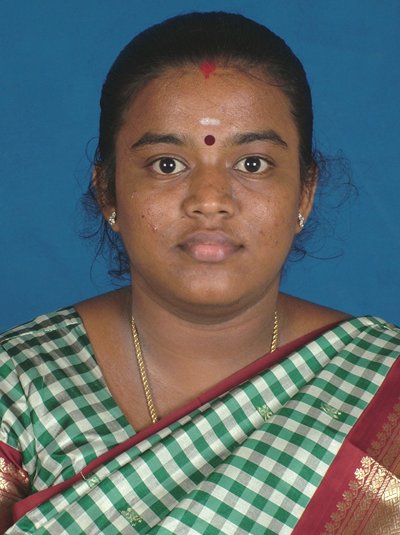 |
|||
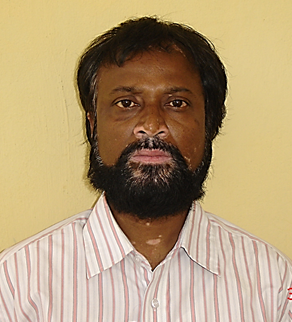 |
|||
 |
Kernel Based IRIS Recognition System With Dimensionality Reduction |
Dr. Tallapragada Satyanarayana has introduced in his PhD thesis KPCA model which could be used to map points onto its embedding that were not available at training time [39]. Hence the test vectors need not be reduced along with the trained vectors. Low dimensional data is saved as training database which is classified using multiclass SVM. In order to analyze the applicability of the dimensionality reduction in template matching, we have designed a technique to generate binary template using SOM. SOM is used to map higher dimensional feature vectors into a 2-D lattice of size 64x64. Presence of a class in a cell is marked as 1 and absence is marked as zero. The obtained binary pattern of the test features is then matched with the template generated through SOM mapping. Once dimensionality reduction is applied on any data, the distances among data points and hence the classes in the new plane changes according to the structure of the new plane. Therefore conventional classifiers fail to recognize the classes accurately as a classifier does not have a prior belief that the vectors are in different plane. Therefore we suggest a SOM based technique for organizing and classifying the features. The overall accuracy of the KPCA and SVM based system is nearly 100% on CASIA IRIS database [45] and 100% on UBIRIS database [9]. The performance is better in terms of recognition rate and recognition time than Multi Class SVM based Technique. |
|
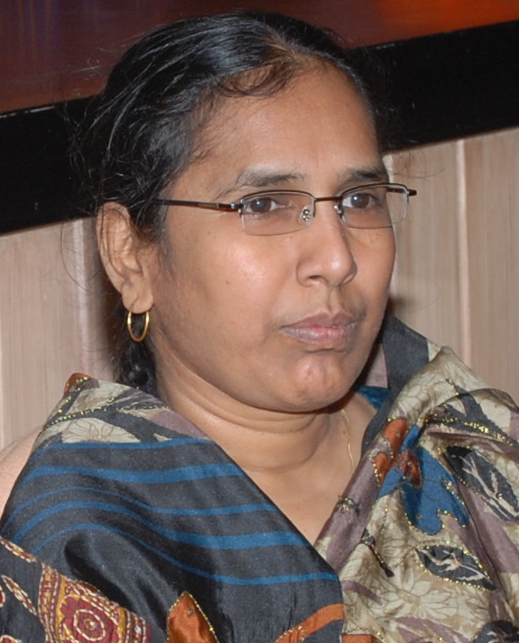 |
|||
 |
|||
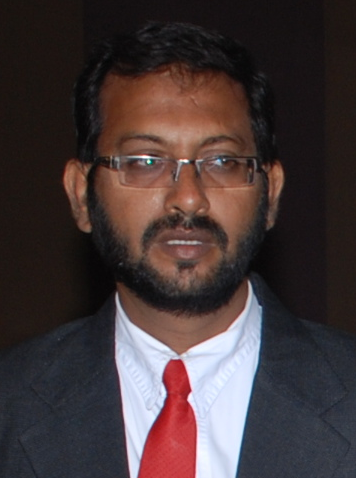 |
|||
 |
|||
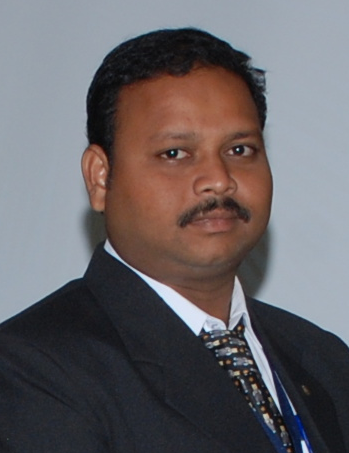 |
|||
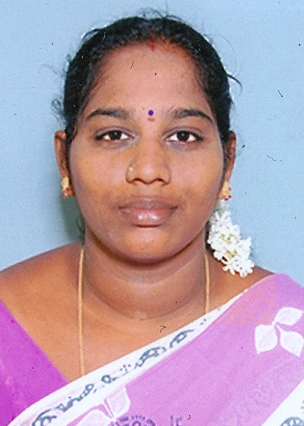 |
|||
 |
|||
 |
|||
| The objective of the PhD thesis authored by Dr. M. Venugopal is to generate a strong unique number and implement authentication in a client-server model for a security application. Our research work proposes a new paradigm of how to build a security into an I-button for access control.To provide more security into I-button technology, the same unique I-button address in the form of 64-bit ASCII data is generated randomly using thermal noise by electronic circuit. The entropy or randomness of this data is passed through a key expansion algorithm based on visual cryptography and cellular automata .Visual Cryptography Engine Algorithms uses a Non-Linear Function by expanding each pixel into four sub pixels. An algorithm using cellular automata called pextral coding is proposed (is called cellular cryptography) which uses the similar pixel expansion method. The visual cryptography and cellular cryptography algorithms are proposed and the results are validated. | |||
|
|
Off-Line Analysis and Estimation of Radar Signal Parameters for Creating Electronic Order of Battle Records | ||
 |
|||
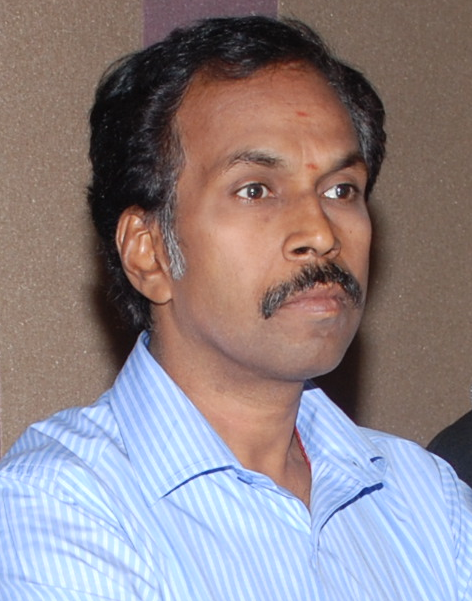 |
|||
 |
|||
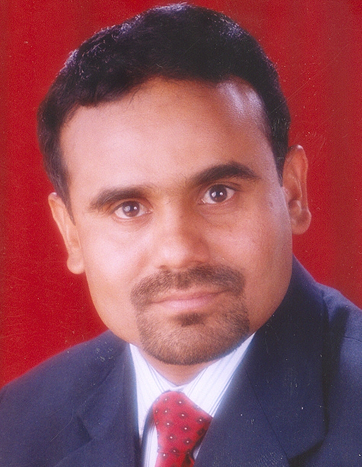 |
|||
 |
|||
 |
|||
|
|
|||
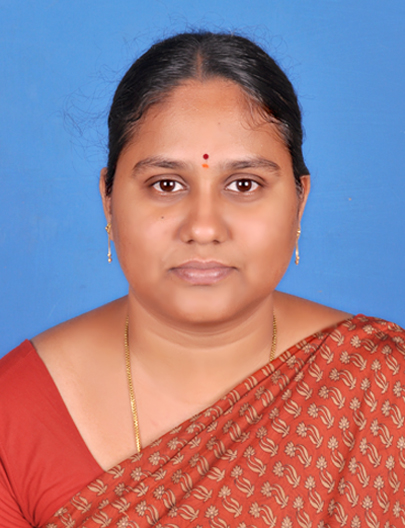 |
|||
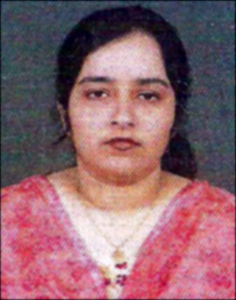 |
|||
|
|
|||
 |
|||

